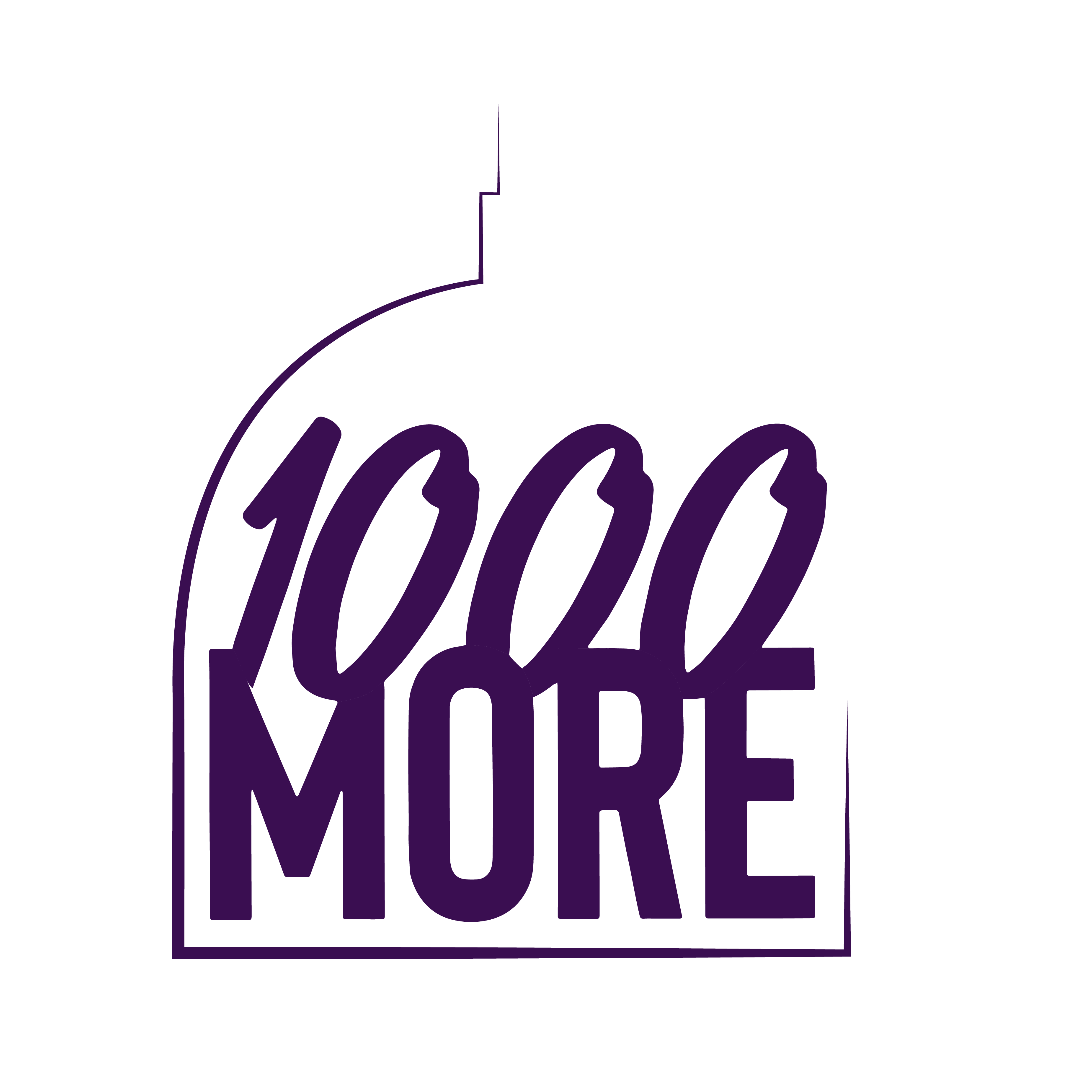April 25
This week in MORE POWER:
State of Play: Budget Overview
Defense Funding
Let them Eat Cake
Foreign Aid Targets
Medicaid Savings
Environmental Protection Programs
Congress is still in recess but the budget remains a top priority as legislators are trying to pass it by Memorial Day. And with April designated as Financial Literacy Month, there’s no better time to break down where your tax dollars are going.
State of Play: Budget Overview
In early April, the House narrowly approved the Senate’s version of the budget resolution in a 216-214 vote, marking a key step in advancing President Donald Trump’s first-year agenda. The resolution serves as a framework for a legislative package Republicans plan to pass using budget reconciliation. The reconciliation process allows legislation to move through the Senate with a simple majority, bypassing the usual 60-vote threshold. While reconciliation gives Republicans the chance to implement priorities such as tax cuts, border security, defense, energy and immigration enforcement, it also imposes procedural hurdles that could take weeks or months to overcome.
The resolution on the table, currently titled the “Renewing the American Dream Act,” includes more than $5 trillion in spending and calls for at least $1.5 trillion in cuts to federal programs.
Defense Funding
The Department of Defense’s (DOD) budget proposal seeks to increase defense spending, including funding for border security and military initiatives. A budget framework that cleared both chambers earlier this month proposed $150 billion in additional defense spending on the Senate side, while the House settled for a lower $100 billion. The budget includes instructions for House committees to allocate funds according to the proposed targets. However, these instructions can be waived by a majority vote in the House. Republicans support robust funding for defense and national security. Democrats urge a more balanced budget that addresses both defense and domestic needs.
Let them Eat Cake
House Republicans are eyeing May 8 for the Agriculture Committee to advance its portion of the bill, addressing agriculture grants and the Supplemental Nutrition Assistance Program (SNAP), also known as food stamps. The current House resolution cuts $230 billion from SNAP, while the Senate proposed a $1 billion reduction. The SNAP program helps feed more than 40 million low-income Americans.
Democrats oppose significant cuts to SNAP, emphasizing the program's role in supporting low-income families. Republicans argue that we need to cut funding to food programs for fiscal responsibility and propose work requirements for beneficiaries.
Foreign Aid Targets
The proposal includes an $8 billion cut in funding for the State Department, U.S. Agency for International Development (USAID), and other foreign assistance programs. Additional reductions are anticipated in Fiscal Year 2026. USAID is the U.S. government's main agency for administering foreign aid and economic development assistance outside of the U.S. The shuttering of USAID has had a huge impact internationally, with China and other foreign powers moving in to take advantage of the American withdrawal. The State Department also wants to cut embassies and consulates under a major organizational shift initiated by Secretary of State Marco Rubio (R-Fla.).
Democrats argue that reducing foreign aid undermines U.S. influence and global stability. Republicans contend that such cuts are necessary for fiscal discipline and to reallocate resources to domestic priorities.
Medicaid Savings
The Department of Health and Human Services (HHS) focuses on public health, medical services, and social programs. The House Republican leadership has been working with the Energy and Commerce Committee, which legislates programs such as Medicaid, for months and many reps believe it can reach Medicaid savings targets without severe cuts.
The Energy and Commerce Committee must identify $880 billion in savings over the next decade, which may include significant cuts to health programs such as Medicaid. Medicaid is a program that provides health coverage to people with limited income and resources. Medicare is a program that offers health insurance to people 65 and older. Medicaid accounts for 93% of all remaining non-Medicare mandatory spending, with $581 billion going to other programs. That means the committee can't meet its $880 billion target without touching the program. Democrats say they oppose deep cuts to health programs, arguing they are essential for vulnerable populations. Republicans say they seek to reduce spending and implement reforms to improve efficiency.
Environmental Protection Programs
The Environmental Protection Agency (EPA) supports water infrastructure, land conservation, and climate adaptation to avoid the worst consequences of climate change, like natural disasters and public health crises. EPA Administrator Lee Zeldin and the Department of Government Efficiency (DOGE) cancelled more than 400 additional grants across nine programs totaling $1.7 billion in funding cuts. This marks the fourth round of cuts to the EPA since January.
Democrats are advocating for robust environmental protections and opposing significant cuts. Republicans are arguing for reducing regulatory burdens to promote economic growth.
Bills Congress Passed
Nothing, they’re in recess.
Nothing, they’re in recess.
Nothing.
What The President Signed Into Law
Nothing.











